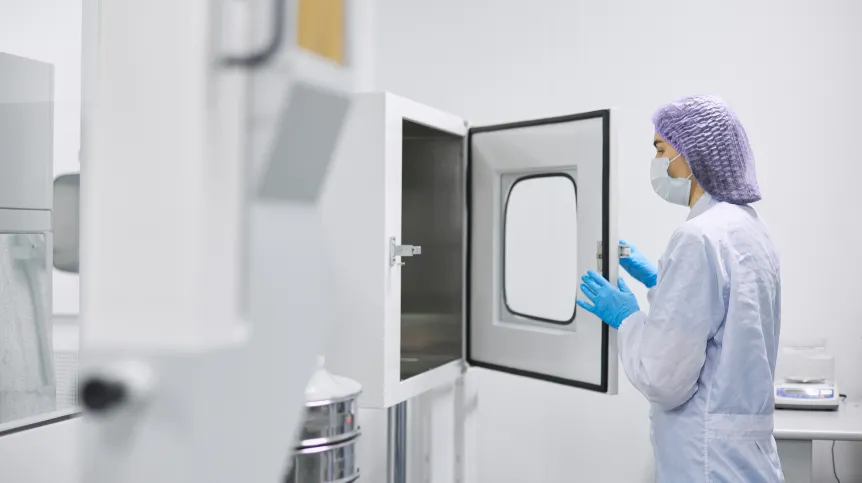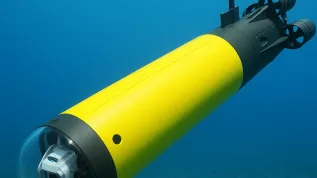
Scientists have patented innovative implantable biomaterials - composites for the treatment of bone defects and for use in regenerative medicine. The patent was granted by the European Patent Office (EPO) for 'Multifunctional composite implantable materials for filling bone defects and regenerating bone tissue', the University of Gdańsk reports.
According to the University of Gdańsk spokesperson Magdalena Nieczuja-Goniszewska, this was the success of an interdisciplinary team of researchers, represented on the part of the University of Gdańsk by Professor Sylwia Rodziewicz-Motowidło, head of the Department of Biomedical Chemistry at the Faculty of Chemistry of the University of Gdańsk.
The team members were: Professor Franciszek Kasprzykowski, Justyna Sawicka, PhD, Natalia Karska, PhD, and Agnieszka Kubiś. The project also involved scientists from the Institute of Ceramics and Building Materials - Łukasiewicz Research Network, the Wrocław University of Science and Technology, the Institute of Biotechnology and Molecular Medicine, and representatives of SENS DX.
Professor Sylwia Rodziewicz-Motowidło emphasises that the aging of society and lifestyle diseases such as osteoporosis and cancer mean that the number of patients suffering from bone fractures and diseases is growing.
'This means that there is a growing need to find a remedy for these defects. The answer are innovative implantable biomaterials developed by our team. The composition and their unique formula we have developed support bone growth and regeneration of damaged tissues', says Rodziewicz-Motowidło, quoted in the release sent to PAP.
According to the University of Gdańsk, the scientists' invention will find applications in orthopedics, maxillofacial surgery, neurosurgery, as well as surgeries performed after bone injuries. The biomaterials consist of chitosan (a natural polymer with high biocompatibility), bioactive glass and peptides. The innovative composites also have antibacterial and pro-regenerative properties, which accelerates the healing process and reduces the number of postoperative complications in surgery and microsurgery. The biomaterials have been developed to additionally inhibit the development of harmful microorganisms, such as Staphylococcus aureus and Pseudomonas aeruginosa.
The innovative materials can also be used as carriers for other active substances, e.g. antibiotics, and provide a scaffold for cells during cell therapies.
'The idea for a joint project was born during the Bioinnovations conference in Gdańsk, where I met Artur Oziębło from the Institute of Ceramics and Building Materials. He was looking for teams to collaborate with. We visited the World Hearing Centre in Kajetany together, where we talked with Professor Piotr Skarżyński about the need for biomaterials for patients after hearing surgeries. These meetings inspired us to create a new biomaterial concept. We established an interdisciplinary team and submitted an application for funding to the Natonal Centre for Research and Development', says Professor Sylwia Rodziewicz-Motowidło, quoted in the press release. After the funding was approved, the project began.
The team developed 20 different biocomposites, three of which were tested on animals. The developed biomaterial has a simple composition and unique biological properties. It supports the influx of bone cells, bone tissue mineralisation and reconstruction, and at the same time it biodegrades and is replaced by newly formed bone. In addition, the material is flexible and can be cut by the surgeon directly during surgery, which facilitates its clinical use.
According to the University of Gdańsk, talks are currently underway with companies and investment funds to jointly develop the innovative biomaterial. The next step is product certification and testing on larger animals to be able to introduce the invention into clinical practice.
The process related to preparing the patent application to the EPO was coordinated by the the University of Gdańsk Technology Transfer Centre, headed by director Katarzyna Gronowska. (PAP)
kszy/ mhr/













